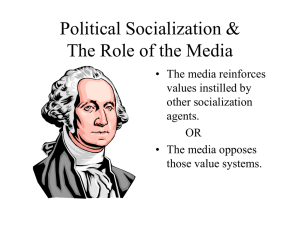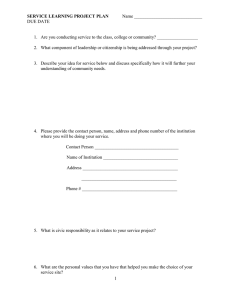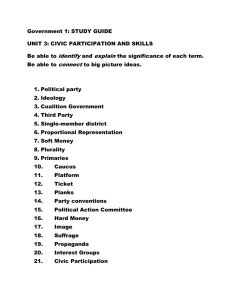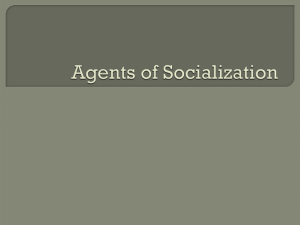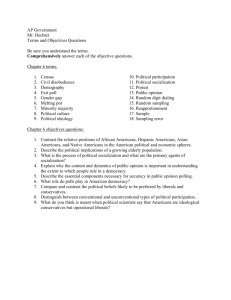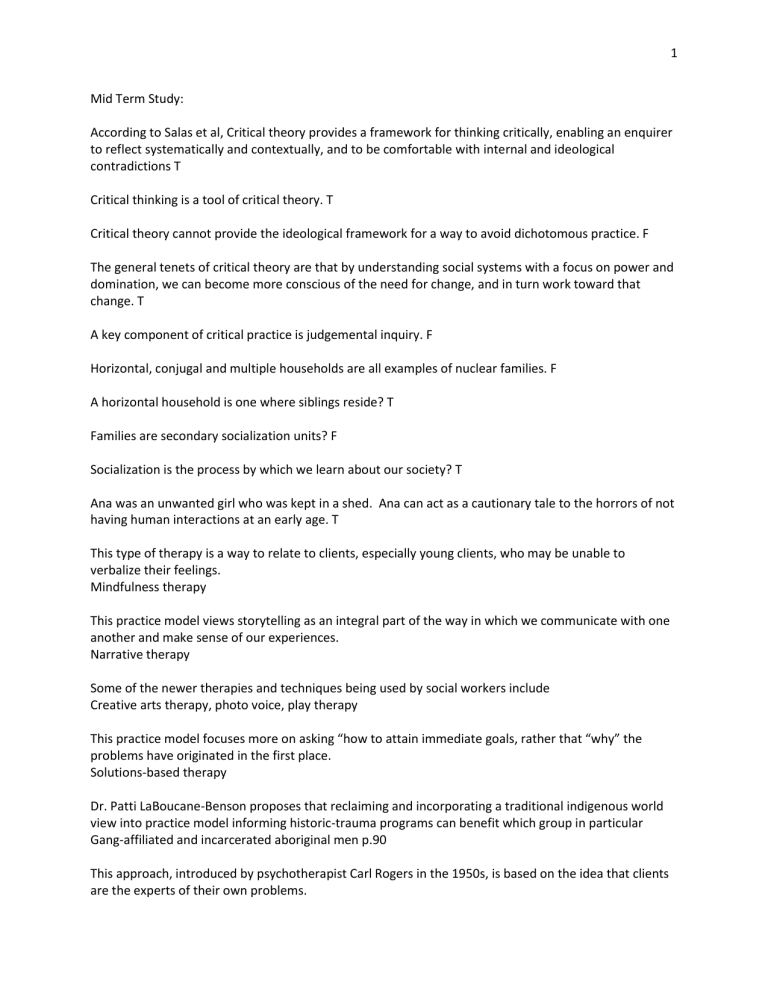
1 Mid Term Study: According to Salas et al, Critical theory provides a framework for thinking critically, enabling an enquirer to reflect systematically and contextually, and to be comfortable with internal and ideological contradictions T Critical thinking is a tool of critical theory. T Critical theory cannot provide the ideological framework for a way to avoid dichotomous practice. F The general tenets of critical theory are that by understanding social systems with a focus on power and domination, we can become more conscious of the need for change, and in turn work toward that change. T A key component of critical practice is judgemental inquiry. F Horizontal, conjugal and multiple households are all examples of nuclear families. F A horizontal household is one where siblings reside? T Families are secondary socialization units? F Socialization is the process by which we learn about our society? T Ana was an unwanted girl who was kept in a shed. Ana can act as a cautionary tale to the horrors of not having human interactions at an early age. T This type of therapy is a way to relate to clients, especially young clients, who may be unable to verbalize their feelings. Mindfulness therapy This practice model views storytelling as an integral part of the way in which we communicate with one another and make sense of our experiences. Narrative therapy Some of the newer therapies and techniques being used by social workers include Creative arts therapy, photo voice, play therapy This practice model focuses more on asking “how to attain immediate goals, rather that “why” the problems have originated in the first place. Solutions-based therapy Dr. Patti LaBoucane-Benson proposes that reclaiming and incorporating a traditional indigenous world view into practice model informing historic-trauma programs can benefit which group in particular Gang-affiliated and incarcerated aboriginal men p.90 This approach, introduced by psychotherapist Carl Rogers in the 1950s, is based on the idea that clients are the experts of their own problems. 2 Client-centred or person-centred perspective p.92 Strengths-based social work was developed by which of the following individuals? Dennis Saleebey, Charles Rapp, and Ann Weick p.93 A basic goal of generalist social work practice is To facilitate the social well-being of the “person in environment” Which of the following are examples of what Ben Carniol refers to as a “progressive” approach in social work? Anti-oppressive theory, critical theory, structural theory p.82 Which of the following is an example of foundation social work theory? Behaviour theory, socialization theory, organizational theory What is one of the main requirement for a collaborative family cantered approach? Leadership What are the stages of group formation? Forming: Planning the group and getting it started Storming: Occurs when conflict emerges in the group Norming: Group expectations, standards, or common practices and roles are defined; members establish a sense of trust with each other. Performing: Group members work toward achieving the outlined goals. Adjourning: The group moves toward termination. A Formal Governance Structure is Necessary to Prioritize, Oversee and Sustain the FDC Work 3 things learned from the website; 4 parenting styles Attachment styles: Authoritarian Authoritative Permissive Uninvolved According to structural functionalists, if society functions with a particular structure then that is the correct structure. Feminists would argue for a society where men are paid the same as women. Power is the ability to make others do what you would have them do. What are the 6 components of criticality: 1. History 2. Values 3. Non-judgmental inquiry 4. Power 5. Self-reflection 6. Action 3 Self-reflection provides the space for you to analyze your role in making things the way they are. When it comes to criticality, a protest is a form of action. The symbolic interaction approach looks at the meaning (the symbolic part) of the daily societal interaction of individuals. Feminist Theory addresses issues of systematic discrimination against women. In a democracy power is supposed to reside with the people. There are six main sources of civic power: Wealth Numbers Ideas Social Norms State Action Physical Force What are 3 of the 6 sources of civic power and what makes it so? Power: 1. Physical force - control over the means of violence; police, army or other organized group. Civic force in it’s most basic form. 2. Wealth - Money buys results and other kinds of power. Wealth and inequity in wealth is also reflected in other areas of society like voice and access to our own democracy. 3. State action - Government; the use of laws, bureaucracy and public policy and other rules to compel people to do or not do certain things. Defines what you can and cannot do. In a democracy, its about how we make decisions about behaviour and spending and our lives together in general collectively. 4. Social norms - On these issues, what people believe is okay or normal in the way of behaving and thinking can have the same power as state action. Social norms as a form of power is contagious in ways that other forms of power are not. 5. Ideas - An idea; liberty, racial equality, gender equality. Ideas can compel people to change they way they see and behave. Unlike other forms, ideas cant be controlled, they flow freely. Particularly powerful in the age of social media. 6. Numbers- If you have people willing to exercise their civic power and come together to vote, talk about issues that matter. Numbers matter because numbers of people can create change or gain global recognition. Example, Greta Thunberg. *Power Interacts with one another. We can see these forms of power and how they interact with one another as well. 4 Why are ‘Values’ an important part of being a critical practitioner? Values: Values are an important part of being a critical practitioner because it is also about how you acknowledge and respect others and other people’s values. You need to have the ability to understand what is important to you and to your client and to differentiate between the two. It effectively engages in critical thought about values but also the system responsible for those values. In other words, critical thinking while both upholding respect for other’s values and your own raises critical consciousness. Why is collaboration a significant part of a family centred approach? Collaboration allows for a more comprehensive or holistic approach to the client’s needs. Specialized services for each member of the family are found at one location, lowering barriers to use and access. Therefore, where and when services are needed, ease of use and access becomes less difficult when a collaborative approach is used. Acknowledgement of the client’s strengths and acting as an ally for the client’s needs results.
